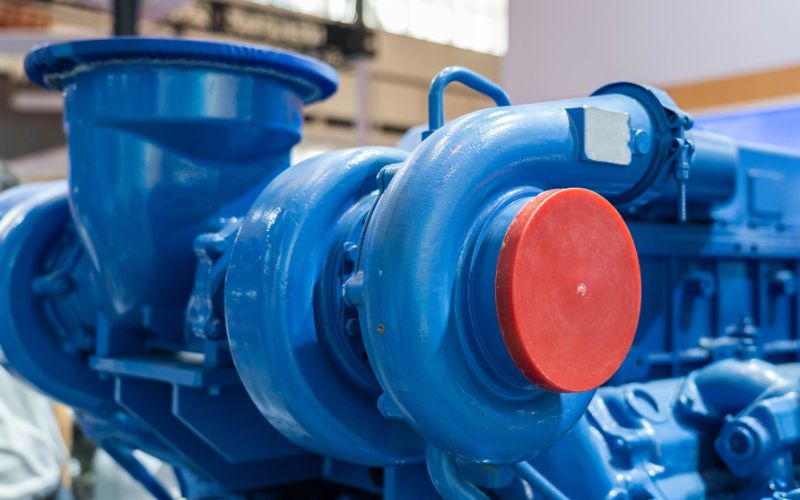
The automotive industry has seen significant advancements in technology, with turbochargers standing out as a key innovation that boosts engine performance and efficiency. This article explores how turbochargers work, their benefits, and their applications in various types of vehicles.
The Basics of Turbocharging
Turbocharging is a method that uses a device called a turbocharger to increase the amount of air entering an engine, thereby enhancing its power. The turbocharger consists of a turbine and a compressor connected by a common shaft. Exhaust gases from the engine drive the turbine, which in turn spins the compressor. The compressor then pushes more air, and consequently more oxygen, into the engine’s combustion chamber, allowing it to burn more fuel and produce more power.
Advantages of Turbocharged Engines
Increased Engine Power and Torque
One of the most significant benefits of turbocharged engines is the increase in power and torque. By forcing more air into the combustion chamber, turbochargers enable the engine to utilize more fuel. This process significantly enhances the engine’s power output without the need for a larger engine size, making turbocharged engines ideal for both performance enthusiasts and everyday drivers seeking efficient power from their vehicles.
Improved Fuel Efficiency
Contrary to what might be expected, turbocharged engines often achieve better fuel efficiency than their naturally aspirated counterparts. This efficiency results from the engine’s ability to produce more power from the same amount of fuel, thanks to the more efficient use of oxygen in the combustion process. For drivers of large cars, trucks, and heavy-duty vehicles, this means significant savings in fuel costs and reduced environmental impact.
Enhanced Acceleration Response
Turbochargers improve throttle response and reduce engine lag, providing a smoother and more responsive acceleration experience. This is particularly beneficial in scenarios requiring quick acceleration, such as highway driving and overtaking.
Turbochargers in Different Vehicle Types
While turbochargers are commonly associated with high-performance sports cars, they are increasingly used in various vehicle types, including passenger cars, large vehicles, and heavy-duty trucks. The versatility of turbochargers makes them suitable for enhancing performance in vehicles that require robust power for towing and hauling heavy loads.
Maintenance and Longevity of Turbochargers
To ensure the longevity and optimal performance of turbocharged engines, regular maintenance is crucial. This includes periodic checks and servicing to prevent issues such as oil leakage, clogging, and wear and tear on the turbocharger’s components. Proper maintenance extends the life of the turbocharger and maintains its efficiency and performance.
As the automotive industry continues to evolve, turbocharging technology is expected to play an increasingly important role. Innovations in turbocharger design and materials are making these devices more efficient, durable, and suitable for a wider range of applications. The ongoing development of turbocharging technology promises to deliver even greater benefits in terms of power, efficiency, and environmental sustainability.
Turbochargers represent a pivotal advancement in automotive technology, providing significant improvements in engine performance and fuel efficiency. For those interested in upgrading their vehicle’s performance or learning more about turbocharging solutions, visiting Kott Turbo Works (https://turbokott.com/) offers expert advice and services tailored to the needs of large cars, trucks, and heavy-duty vehicles. Embrace the power of turbocharging and enhance your vehicle’s performance and efficiency today.





